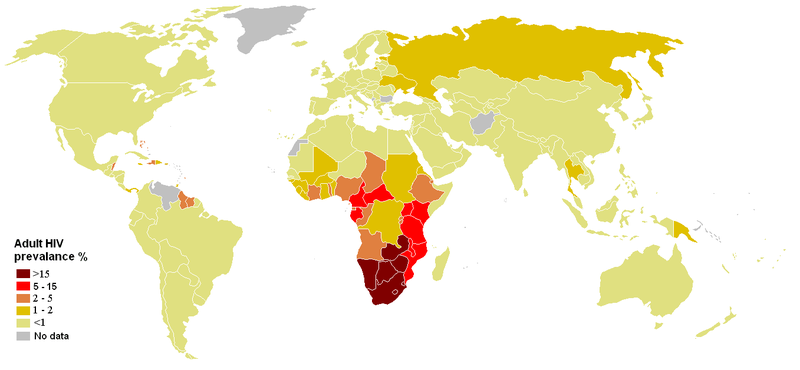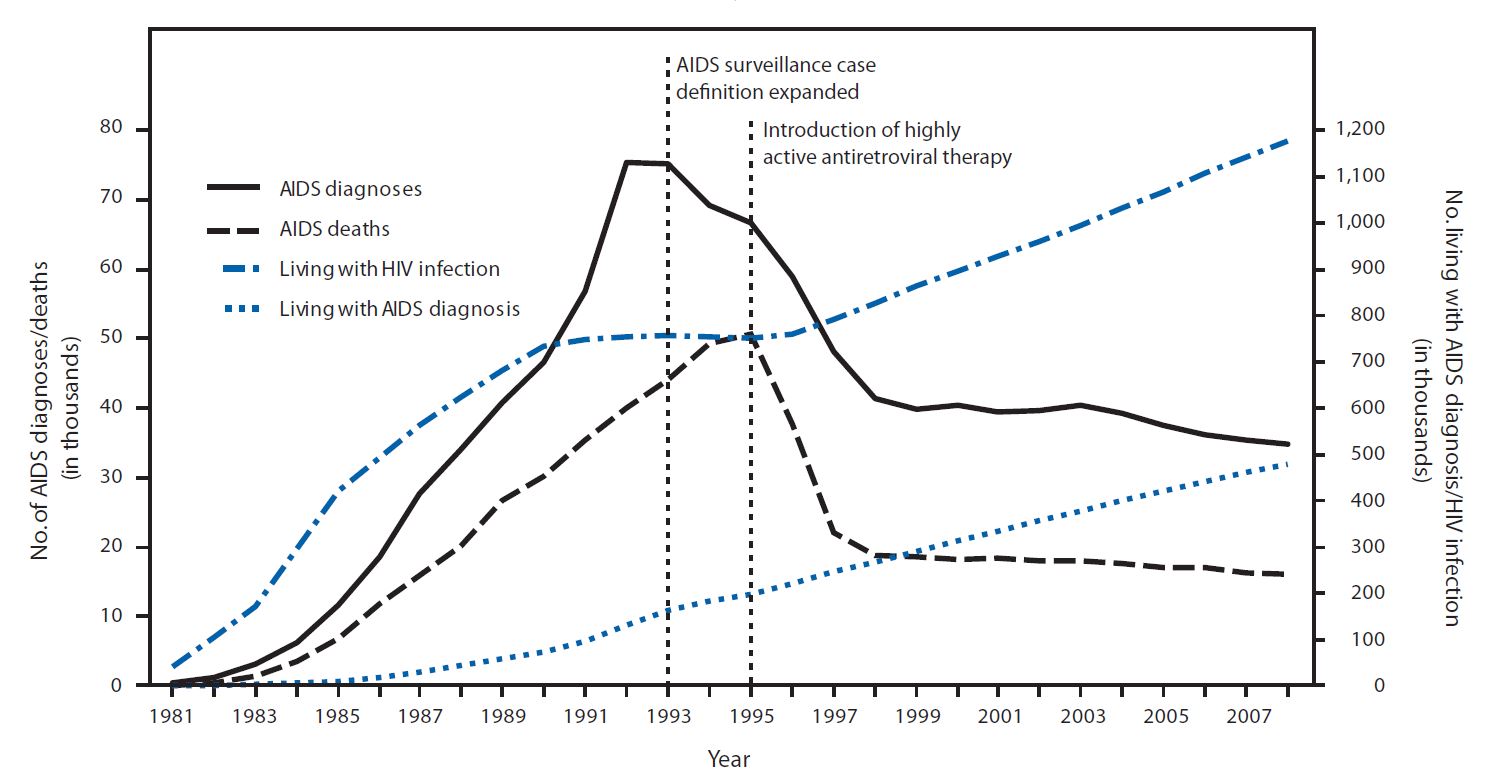The discovery of antibiotics (drugs used to fight pathogenic bacteria) revolutionized medicine in 1930’s and ’40’s. Today, these wonder drugs eradicate 548 million bacterial infections successfully every year. Prior to this, bacterial infections were mostly fatal; cholera for instance had a mortality rate of 80% as opposed to today’s less than 1%; without surgery, appendicitis and bacterial meningitis had a mortality rate of 100% as opposed to today’s less than 10%. However, the recurrence of the pre-antibiotic era is very probable due to what The World Health Organization is currently considering one of the world’s most serious health crisis – antibiotic resistance.
What is antibiotic resistance?
Antibiotic resistance is the natural phenomenon in which certain bacteria continue to divide and multiply in the presence of an antibiotic. This happens because like most organisms, bacteria are subject to natural selection (a process in which organisms more suited for their environment survive and multiply while the less-suited ones die). Therefore, when bacteria are exposed to an antibiotic, most die; those that evade the effects of the antibiotic continue to divide, generating a new resistant colony; this evasion is possible due to random mutations or through the possession of unique genes transferred from bacteria to bacteria.
Selection of antibiotic-resistant bacteria. Image from Wikimedia Commons
Since 1930’s, antibiotic resistance has always been offset by the continuous production of new antibiotics. However, due to antibiotics overuse and lack of advancement in developing new drugs, resistance rates are catching up! Last year, bacterial species resistant to our last resort antibiotic, colistin, was reported in China; this resistance is very worrying as colistin remains the best drug for tackling antibiotic-resistant infections unresponsive to the strongest antibiotics.
What are the effects of antibiotic resistance?
Antibiotic resistance has negative effects in our society. Out of 250,000 patients that acquire antibiotic-resistant bacteria in Canada, 8,000 pass away. This number is larger than the combined number of deaths from breast cancer, AIDS and traffic accidents! With time, it will grow larger due to the gradual loss of antibiotics effectiveness. Therefore, procedures dependent on the use of antibiotics such as chemotherapy and surgery will be harder to complete in the future.
If nothing is done, antibiotic resistance will lead to other unpleasant circumstances. For instance, a greater number of deaths from minor bacterial infections will be observed. Due to longer periods of illness and use of stronger, more expensive drugs, increased financial costs will also result; worldwide, an estimated 1.7 billion dollars is anticipated annually based on infections from one group of resistant bacteria. Lastly, use of stronger medication to treat infections will result in more side effects for patients.
How can we decrease the rates of antibiotic resistance?
Besides finding new treatment alternatives, avoiding overuse of antibiotics is the most effective way to combat antibiotic resistance. It is estimated that 50% of antibiotics prescribed to humans are for viruses. We should aim to avoid taking antibiotics if they aren’t needed. In addition, finishing all prescribed antibiotics is crucial to minimizing the chance of nurturing antibiotic-resistant bacteria.


